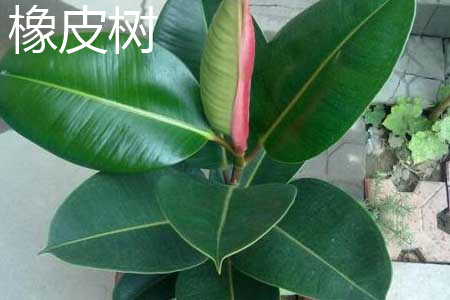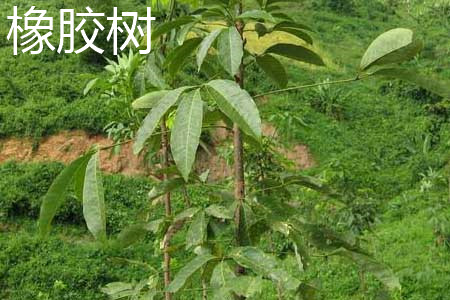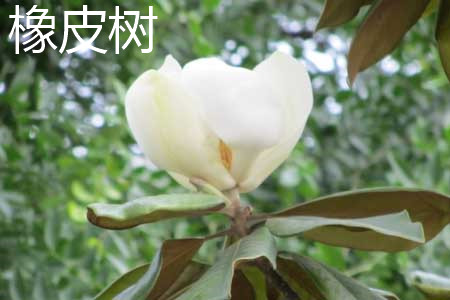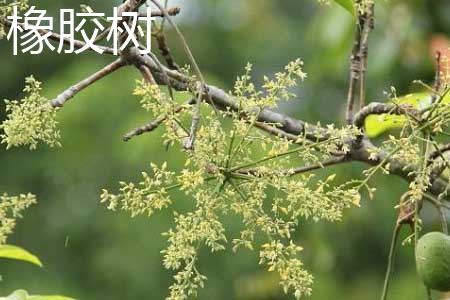1、 Leaf difference
Rubber trees have finger like compound leaves, usually 3 leaflets, petioles up to 15 cm, and glands at the top. The leaflets are oval, 10 to 25 cm long and about 4 to 10 cm wide. The top of the leaves is short and sharp or gradually becomes sharp, the base is wedge-shaped, and the leaves are full-bodied

The leaves of rubber tree are three compound leaves with alternate leaves. Its petiole is very long. There are usually three glands at the top of the leaves. The small leaves are oval or obovate, and the leaves are leathery. The surface of the leaves is hairless, and the lateral veins and reticular lines are very obvious

2、 Flower difference
The inflorescence of rubber tree is axillary, paniculate, up to 16 cm long, with or white pubescence on the back, and the lobes of calyx are ovate lanceolate, about 2 mm long

The flowers of Hevea brasiliensis are axillary panicles composed of multiple cymes. The central flower in each cyme is female, the rest are male, and the small flowers are green


 jackfruit
jackfruit snake plant
snake plant hibiscus
hibiscus hydrangea
hydrangea lavender
lavender Green roses climb al...
Green roses climb al... If you don't pay att...
If you don't pay att... Management of four g...
Management of four g...
































